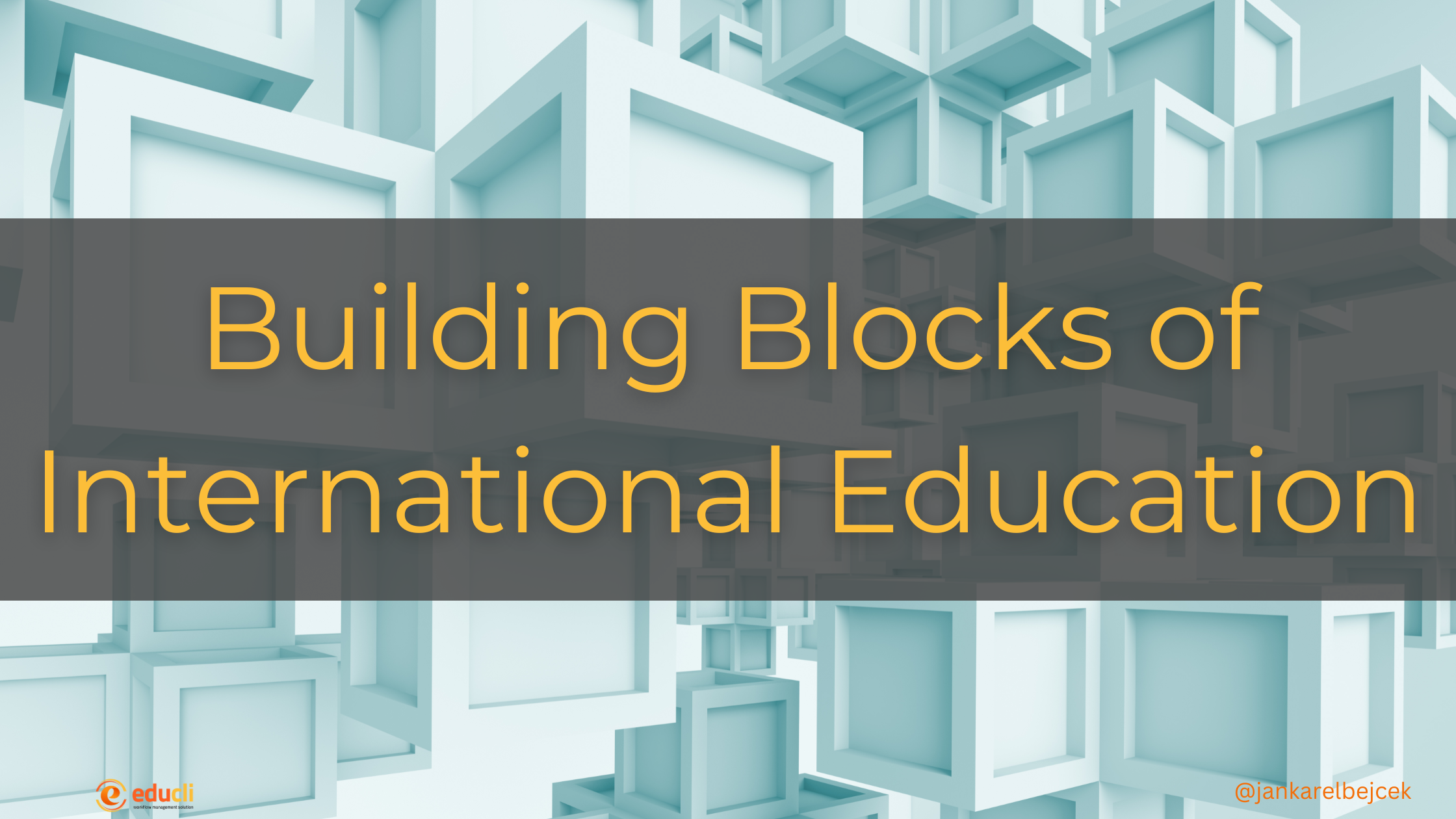Building Blocks of International Education: Key Players and Their Contributions in Australia
International education is one of Australia’s most dynamic and impactful sectors. It fuels the economy, enriches cultural diversity, and helps shape global connections. Australia consistently ranks among the top destinations for international students, offering high-quality education and a lifestyle that attracts students from around the world. But the successful operation of this sector relies on the collective efforts of various stakeholders, each playing a vital role in ensuring the smooth functioning and continued growth of international education.
This article explores the key parties involved, their contributions, and the crucial importance of maintaining a steady influx of international students.
1. Educational Institutions: The Core Providers
Universities, colleges, and language schools form the backbone of the international education system. These institutions provide a wide array of courses, degrees, and certifications, designed to meet the needs of a global student population. Australia’s reputation for high academic standards, research opportunities, and globally recognized qualifications has positioned it as a leader in the sector.
Educational providers invest heavily in facilities, research, and the development of curricula that cater to international students. More importantly, they provide student services tailored specifically to support these learners in adjusting to life in Australia, such as language support, orientation programs, and academic guidance.
Without international students, many educational institutions in Australia would face financial hardship, as a significant portion of their revenue comes from tuition fees. In 2024, international education contributed over AUD$48 billion to the Australian economy. The absence of international students would therefore affect not only the institutions but also the broader economy.
2. Government and Regulatory Bodies
The Australian government manages international education, particularly through its regulation of immigration policies, visa issuance, and quality assurance systems. Policies like the National Code 2018, the ESOS Act, the SRTO 2025 Standards and ELICOS standards provide a framework that protects both the rights of students and the reputation of the Australian education system.
The government’s role extends to marketing Australia as a desirable destination for international students. Through initiatives like Austrade’s Study Australia program, the government promotes the benefits of studying in Australia on the global stage.
Visa and immigration policies also directly influence international student numbers. Student visa processes, post-study work rights, and streamlined visa application services are crucial in determining whether students choose Australia over other countries. Immigration bodies ensure that students are genuine temporary entrants, while also facilitating their stay through fair visa practices.
3. Education Agents: The Facilitators
Education agents are essential intermediaries who assist prospective international students in navigating the complexities of studying abroad. Agents help students with course selection, visa applications, and understanding the nuances of living in Australia. As the primary link between students and educational institutions, agents work to match student needs with the appropriate schools, colleges, and universities.
Many students, especially from countries unfamiliar with Australia’s education system, rely on these agents for accurate information and guidance. Hence, education agents play an instrumental role in maintaining student numbers and helping Australia’s international education sector thrive.
4. International Students
At the heart of the entire ecosystem are the international students themselves. They bring diversity, skills, and knowledge to Australian classrooms, creating a unique learning environment for all. Through their academic pursuits, they help advance research, innovation, and economic growth.
International students also play a key role in the long-term development of the Australian workforce. With many students opting to stay after completing their studies under post-study work programs, they become valuable contributors to industries like healthcare, engineering, IT, and education.
International students are allowed to work while studying in Australia, creating a mutually beneficial relationship between students and employers. On one hand, students gain practical experience and income to support their studies; on the other hand, industries benefit from a diverse, highly motivated workforce.
Employers across sectors such as hospitality, retail, and IT rely heavily on international students to fill part-time roles. Furthermore, Australia’s post-study work visa allows international graduates to gain professional work experience, bridging the gap between their studies and future career opportunities either in Australia or abroad.
Employers not only contribute by offering job opportunities but also enhance students’ real-world experience and employability, making Australia a more attractive option for study.
5. Local Communities
International students don’t just attend classes—they live, work, and socialize in Australia’s communities. Local businesses, accommodation providers, and social services all benefit from the presence of these students. Many international students bring families with them, further embedding themselves within the local community and creating strong socio-cultural bonds.
From hosting students in homestays to offering student discounts at local shops, the local communities play a vital role in making Australia a welcoming place for international learners. Moreover, international students contribute to cultural diversity, helping Australians build connections with other parts of the world. These interactions lead to a more globally aware society.
6. The Importance of International Education for Australia
The success of international education relies on the steady influx of international students. This is why maintaining a student-friendly environment through proper support services, clear visa pathways, and ensuring a high quality of life is essential to Australia’s long-term growth as a global education hub.
International students are more than just temporary visitors; they are essential drivers of Australia’s cultural, economic, and social prosperity. Their contributions ripple across multiple sectors, from academia to local business, creating thousands of jobs and fostering cross-cultural understanding.
Without international students, many education providers would struggle financially, leading to a loss of staff and reduced academic opportunities for domestic students. The broader economy would also suffer, with significant drops in revenue from sectors reliant on student spending, including accommodation, retail, and tourism.
Moreover, the absence of international students would stifle cultural exchange, reducing the rich diversity that defines Australian society. A large international student presence helps shape Australia as an inclusive and globally connected nation, enhancing its international standing.
Conclusion
International education in Australia is a complex yet interconnected system where each stakeholder plays an indispensable role. From government regulations to the students themselves, every player contributes to the success and sustainability of the sector. Given the economic, cultural, and academic value international students bring to Australia, their continued presence is crucial for the country’s prosperity and global influence.
Australia must therefore remain committed to offering a welcoming, high-quality, and supportive environment for international students, ensuring that its education sector continues to flourish.





Leave A Comment